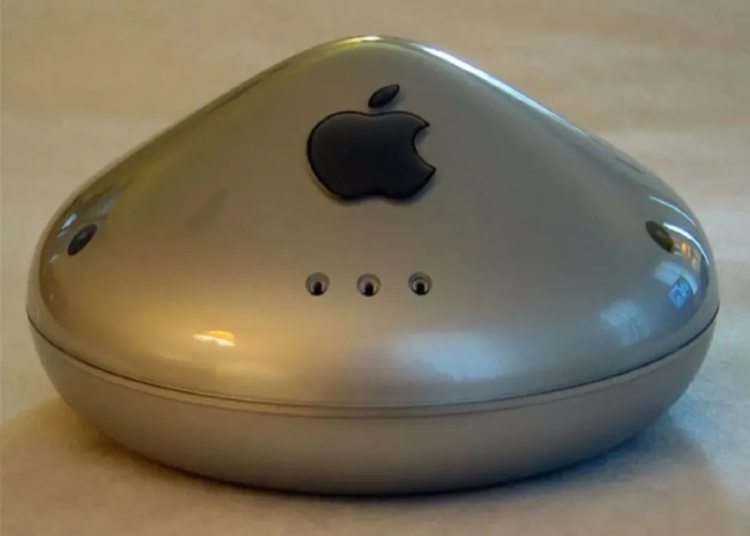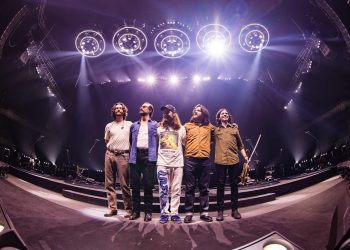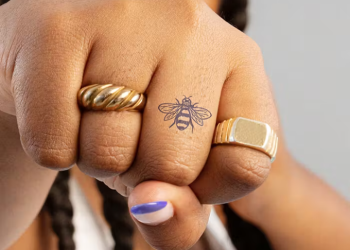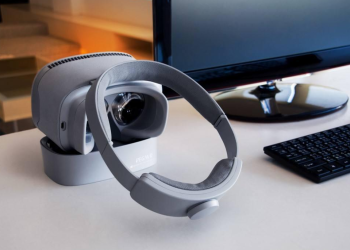Introduction to Digital Sculpting
Digital sculpting is a dynamic and innovative medium that has revolutionized the way artists conceptualize and create three-dimensional forms in the virtual realm. By harnessing the power of digital tools and technologies, sculptors can manipulate virtual clay with unprecedented precision and fluidity, pushing the boundaries of artistic expression.
Historical Origins of Sculpting
The art of sculpting has ancient origins, dating back to the earliest civilizations where sculptors carved figures and statues from stone, wood, and other natural materials. Over the centuries, sculpting evolved as a revered art form, with renowned masterpieces adorning temples, palaces, and public spaces around the world.
Emergence of Digital Sculpting
The emergence of digital sculpting can be traced back to the advent of computer-aided design (CAD) software in the mid-20th century. As computers became increasingly powerful and sophisticated, artists began exploring the possibilities of sculpting in the digital realm, leading to the development of specialized software and tools tailored for digital sculpting.
Advantages of Digital Sculpting
One of the primary advantages of digital sculpting is its flexibility and versatility. Unlike traditional sculpting methods, which require physical materials and tools, digital sculpting allows artists to work with virtual clay in a virtual environment, offering unlimited possibilities for experimentation and exploration. Additionally, digital sculpting offers the ability to undo mistakes, iterate on designs, and easily make revisions, streamlining the creative process.
Tools and Software for Digital Sculpting
Digital sculpting relies on specialized software and tools designed for creating and manipulating three-dimensional forms. Popular software options include ZBrush, Blender, and Autodesk Mudbox, each offering a unique set of features and capabilities tailored to the needs of digital sculptors.
Techniques and Approaches in Digital Sculpting
Digital sculptors employ a variety of techniques and approaches to create their works, ranging from traditional sculpting methods to innovative digital workflows. Some artists start with a base mesh and sculpt details layer by layer, while others use dynamic sculpting brushes to shape and refine their designs in real-time.
Transitioning from Traditional to Digital
For artists accustomed to traditional sculpting mediums, transitioning to digital sculpting may require a period of adjustment and experimentation. However, many artists find that digital sculpting offers new opportunities for creativity and expression, with intuitive tools and workflows that enhance the sculpting process.
Creative Process in Digital Sculpting
The creative process in digital sculpting typically begins with sketching or conceptualizing ideas, followed by the creation of a digital armature or base mesh. Artists then sculpt and refine the form, adding details and textures to bring their vision to life. Throughout the process, artists iterate on their designs, experimenting with different shapes, proportions, and compositions until they achieve the desired result.
Challenges and Solutions
While digital sculpting offers many advantages, it also presents its own set of challenges. Common challenges include mastering digital tools and techniques, managing complex sculpting projects, and optimizing workflow efficiency. However, with practice, patience, and perseverance, artists can overcome these challenges and unlock their full creative potential.
Famous Digital Sculptures and Artists
Over the years, digital sculpting has produced many iconic works of art and influential artists. From character design for blockbuster movies to digital sculptures for video games and animation, digital sculptors have made a significant impact on popular culture and visual storytelling.
Impact of Digital Sculpting on Art and Culture
Digital sculpting has democratized access to sculpting, allowing artists from diverse backgrounds to create and share their work with global audiences. Additionally, digital sculpting has expanded the boundaries of artistic expression, blurring the lines between traditional and digital mediums and inspiring new forms of creativity.
Commercialization and Opportunities
With the rise of digital platforms and online marketplaces, there are numerous opportunities for digital sculptors to monetize their work. From selling digital sculptures and prints to licensing artwork for commercial use, digital sculpting offers a range of avenues for artists to showcase their talent and generate income.
Community and Collaboration
Digital sculpting communities and collaborative platforms play a vital role in fostering creativity and collaboration among artists. These online spaces provide opportunities for artists to connect, share ideas, collaborate on projects, and receive feedback from peers and mentors.
Legal and Ethical Considerations
As digital sculpting continues to evolve, it raises complex legal and ethical issues surrounding copyright, ownership, and appropriation. Artists must navigate these challenges carefully to protect their intellectual property rights and ensure ethical practices in their creative endeavors.
Future Trends and Innovations
The future of digital sculpting holds exciting possibilities, with emerging technologies such as 3D printing, virtual reality, and augmented reality poised to revolutionize the medium. From interactive sculptures to immersive experiences, the intersection of technology and creativity promises to push the boundaries of digital sculpting in unprecedented ways.
Conclusion
Digital sculpting represents a transformative shift in the way we conceptualize and create three-dimensional forms. From its humble beginnings in computer graphics to its current status as a mainstream art form, digital sculpting has redefined the boundaries of artistic expression, pushing the limits of form and creativity in the virtual realm.

FAQs After The Conclusion:
- Can digital sculptures be printed in physical form?Yes, digital sculptures can be printed using 3D printing technology, allowing artists to create physical replicas of their digital designs. 3D printing offers new possibilities for artists to explore materiality and form in sculpture.
- Do I need specialized equipment to start digital sculpting?While professional-grade equipment can enhance the digital sculpting experience, there are many affordable options available for beginners, including digital tablets and styluses. What’s most important is practice and dedication to mastering the craft.
- Are there online courses or tutorials for learning digital sculpting?Yes, there are numerous online courses and tutorials available for learning digital sculpting, covering everything from basic sculpting techniques to advanced workflows and software skills. Many platforms offer free and paid options for artists of all skill levels.
- Can digital sculptures be animated or integrated into multimedia projects?Yes, digital sculptures can be animated and integrated into multimedia projects such as video games, movies, and interactive installations. Digital sculptors often collaborate with animators, designers, and developers to bring their creations to life in dynamic and engaging ways.
- What are some common challenges faced by digital sculptors?Common challenges faced by digital sculptors include mastering complex software and tools, managing large-scale projects, and optimizing workflow efficiency. However, with practice and perseverance, artists can overcome these challenges and achieve their creative goals.
- Is digital sculpting considered “real” art?Yes, digital sculpting is recognized as a legitimate form of artistic expression. Like traditional sculpting mediums, digital sculpting requires creativity, skill, and vision to create meaningful and impactful works.
- Can I collaborate with other artists in digital sculpting?Yes, digital sculpting communities and collaborative platforms offer opportunities for artists to connect, share ideas, and collaborate on projects. Collaborating with other artists can inspire creativity, foster connections, and enrich the creative process.
- What are some future trends and innovations in digital sculpting?Future trends in digital sculpting may include advancements in virtual reality and augmented reality technology, enabling artists to sculpt in immersive 3D environments. Additionally, developments in artificial intelligence and machine learning may revolutionize the way we create and interact with digital sculptures.
















